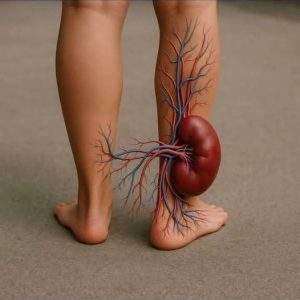The kitchen is often called the heart of the home, a place where meals are prepared and families gather together.
Among all the appliances, the stove is central, and many models include a drawer beneath the oven that has puzzled homeowners for years.
A common belief is that this drawer is meant for storing pots, pans, or baking sheets. However, this assumption can actually be unsafe.
Because the oven gives off heat, items stored inside—especially plastic or flammable materials—can melt or catch fire. Storing cookware there can also block airflow, leading to cleanliness and ventilation problems.
The true purpose of this drawer is far more practical: it’s a warming drawer. Designed to keep food hot after it’s cooked, it maintains temperature without overcooking. This makes it especially handy when preparing several dishes at once or hosting guests.
First introduced in the early 20th century, warming drawers were created to solve the challenge of keeping food warm while preserving taste and texture. Today, their usefulness extends beyond just warming meals—they can also proof bread dough, dry herbs, or heat plates and utensils before serving.
So, what many people mistake for extra storage is actually a multifunctional tool that can improve your cooking routine. By using the warming drawer as intended, you can elevate both meal preparation and dining.





